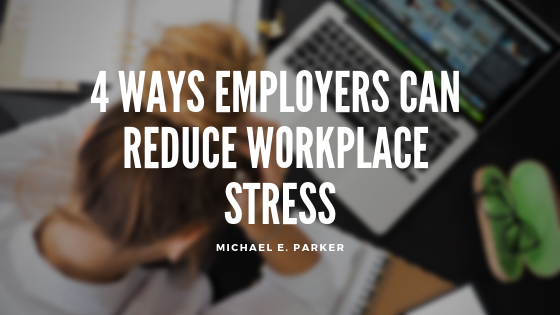It’s no surprise that stress in the workplace can have a significant impact on employees. In fact, stress in the workplace is the most common problem employees face worldwide. Stress can lead to burnout, which can result in employee turnover rates increasing. Employers cannot take this lightly, as it has a direct impact on their business’s revenue. Employees are the most significant asset of any business, and when they are unhappy in their work environment, it can negatively impact their work and getting things done. So, how can employers help reduce workplace stress?
Balance Employees Workload
When employees are working non-stop with little room for breaks to recharge, it can wear them down very quickly. Ensuring that your employees have a sustainable, balanced workload that allows them to feel in control of their tasks will result in them being able to complete tasks promptly.
Provide Understanding of Roles
Often, employees feel stress because there is not a clear understanding of their roles and responsibilities or who they should be reporting to for any given task or problem. By creating a defined structure so employees know who they are reporting to will contribute to an efficient working environment. Additionally, making sure expectations are set from the beginning of their roles and responsibilities will reduce any confusion regarding what they should be doing.
Improve Communication
Lack of communication and limited communication channels throughout the office can result in misinformation and stress. By ensuring that leadership communicates with their employees directly about any changes happening in the organization and encouraging open communication for any ideas or concerns they may have will reduce much of the stress they feel.
Allow Remote Work and Flexible Time
Allowing your employees to work from home on occasion will make them feel like you trust them to do their job and it gives them the flexibility to meet family commitments and take care of personal needs that sometimes can’t be completed after work hours. For example, when an employee’s child is sick, allowing them to work from home or make up the hours at another time will alleviate the worry of missing work and losing out on money due to taking time off. While not every workplace is equipped to allow employees to work from home, letting them be flexible with their hours will do wonders for reducing their stress levels.
